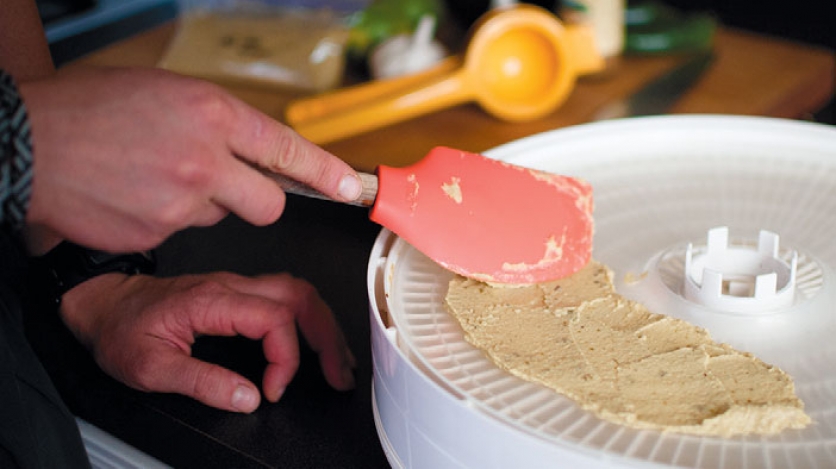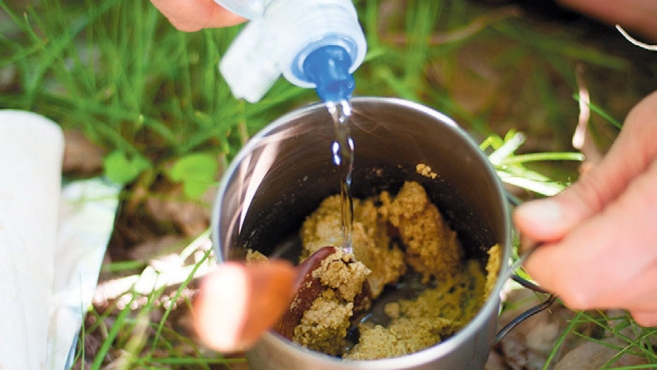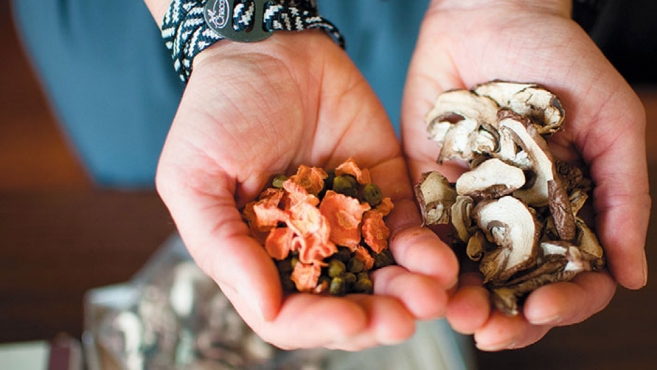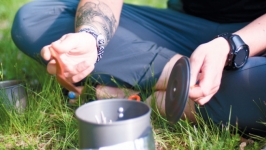Backpacking Food: How to Cook Dehydrated Meals for the Trail

Grains can be cooked in a normal manner but double the serving size for a trail appetite. Leave out most oils or fats that a grain recipe may call for—a rule that is applicable when drying any food. Pasta should be made al dente, as it will cook some as it rehydrates.
Vegetables that are normally cooked should be steamed before drying, but this is not necessary for those that are generally consumed raw. I intend to go stoveless for the CDT, so it’s best to steam the vegetables for eight minutes when temperatures do not reach a boil. Fruit is similar in that as it is consumed raw it does not need to be cooked, but choose mature fruits for better flavor.
Backpacking dinners are more complex and can be made a number of ways, but most people dehydrate different elements separately. Not all foods rehydrate equally, so preparing them individually and assembling them after ensures a consistent outcome. Foods dry at different rates as well and may vary due to factors such as humidity and outside temperature.
To rehydrate meals, follow a general 1-to-1 ratio of water to dry food. The most effective method for time-crunched thru-hikers is to let the meal soak for 20 minutes and bring it to a boil halfway through. For stoveless meals, simply mixing the food and water in a jar a few hours before camp is enough to adequately rehydrate dinner.








